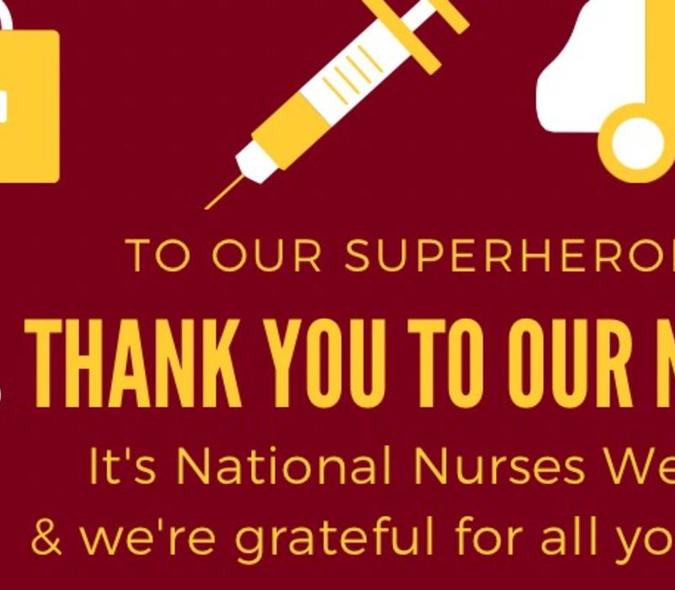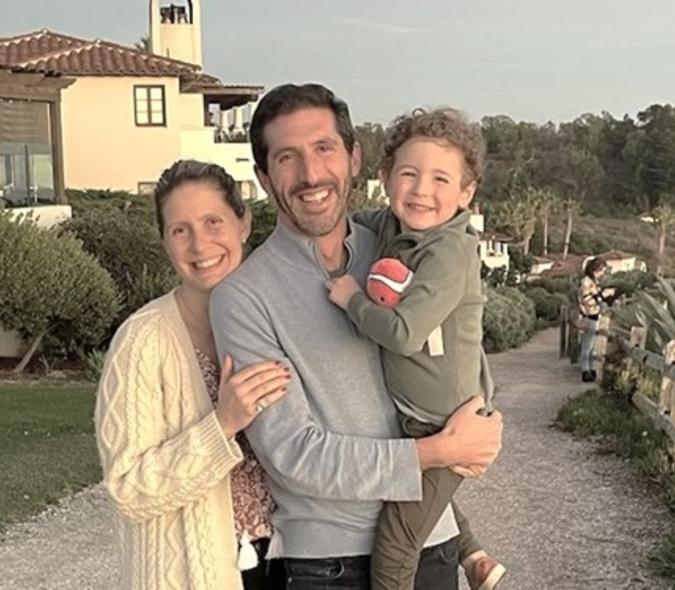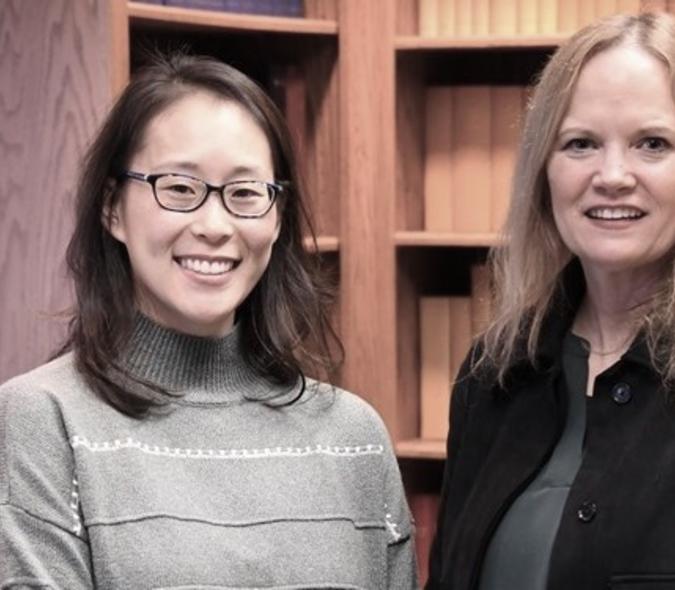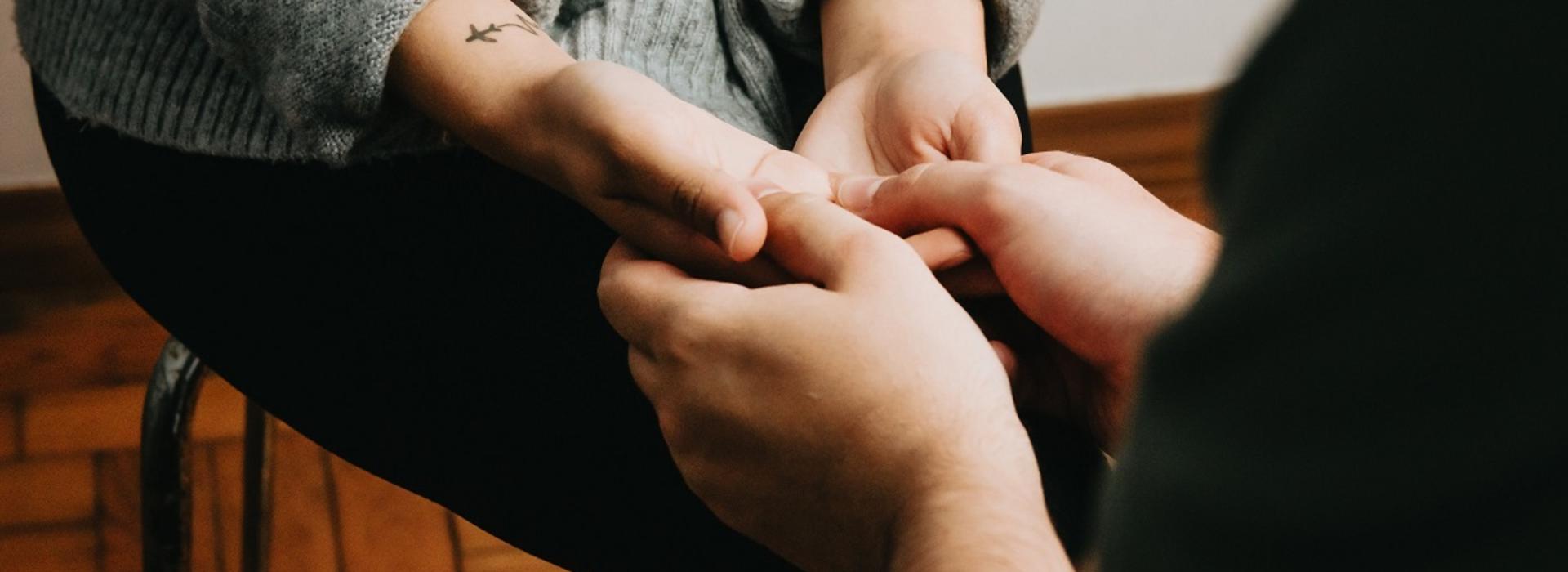
Preparing for the unthinkable – Child & Adolescent Psychiatry Fellowship team creating a protocol for responding to a patient suicide
Child and adolescent psychiatrist Jacquetta Blacker, MD, believes in thinking about – and preparing for – the unthinkable. For example, if there should ever be a suicide among patients being treated by Child and Adolescent Psychiatry Fellows, she and chief fellow Erin Myers, MD, want those involved to know how to respond appropriately.
The Suicide Postvention Protocol they are developing is a way to make sure that everything is handled as carefully as possible while responding appropriately to individual circumstances. “About 50 percent of psychiatrists experience patient suicide at some point in their career,” Blacker noted. “It’s always a tragedy and is hard on both the families and the psychiatrist involved. We are developing a way to help our fellows learn what they need to do. We’re an educational organization – we must teach our learners to respond to this.”
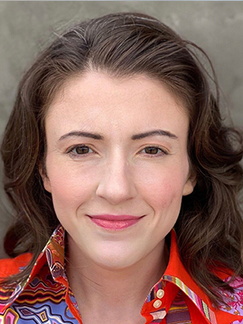
Broad array of responses
The protocol covers a surprisingly broad array of responses to the suicide of a patient in a fellow’s care, from ensuring that all parties involved learn about the loss in a supportive way from a supportive person, to taking the fellow off clinical duties the day they hear about the loss, to getting and sharing required information from and with appropriate parties. “We wanted to create a resource that enables a fellow to immediately know what to do and who to contact and how to do it,” said Blacker (pictured here). “Things like communicating with the family or the coroner. How do you tell your supervisor? Do you need to get in touch with the legal team or the medical records department? There are so many questions that need to be answered.”
Blacker and Myers are building on an initiative that the psychiatry resident clinic started a year ago. “The trainees had a patient who died by suicide, and the program realized they didn’t have easily accessible resources to provide information about things such as how to talk to the family or how to help the resident,” said Blacker. “We took what they started as a template and are building on it, while customizing it for the fellows’ work with children, adolescents, and their families.”
Ready ahead of time
The goal is to have the protocol ready ahead of another tragedy. “This protocol allows the team to explore what happened,” Blacker said. “It enables a learning conversation about how to improve care for all patients while supporting the psychiatrist.” Their work to develop the protocol also stems from an awareness that after the suicide of a patient, a lot of psychiatrists consider leaving the profession, and some actually do. Having a support system in place can help doctors through the loss of their patient and help retain those who might otherwise have left the profession.
“We know that at some point, it will probably happen to one of our fellows,” said Blacker. She and Myers are trying to create a structure that will help the trainee psychiatrist and their clinical team if it does. “Why try to do all this complex thinking in the middle of a crisis,” asked Blacker. “Why not do the preparatory work when you can think calmly and clearly?”
Can be broadly applied
While this protocol is for the Child and Adolescent Psychiatry fellows’ clinic, Blacker and Myers (pictured here)
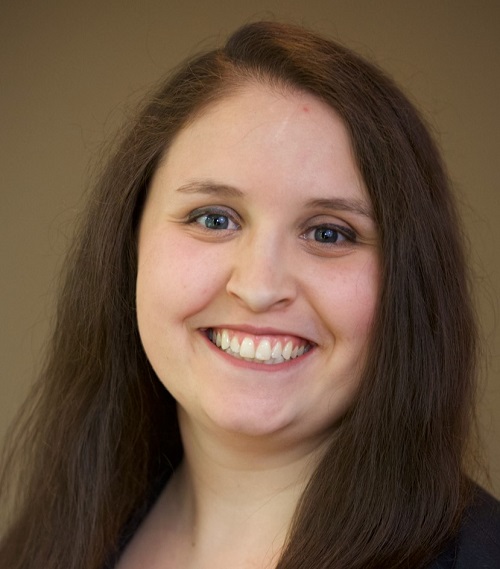
are trying to create a resource that can be used by any of the providers in the department. In addition, the protocol isn’t something that’s standardized across educational programs. To help encourage other institutions to learn about and perhaps adopt what they’ve done, the team plans to share the protocol during an upcoming education conference.
“Part of our job is to get residents and fellows ready for independent practice, so they know what to do when they encounter a clinical experience in the future,” said Blacker. “That may include a patient’s suicide. When it does, we want our trainees to be better prepared for it. And if they’re supervising someone else who experiences it, they can help their colleagues or future trainees know what to do.”
Facing tragendy head-on
No one wants a patient to die – ever, Blacker noted. “About half of us will finish our careers without having one patient commit suicide and about half of us will have at least one,” she said. “All of us will have a colleague who does have that experience and we want to be ready to help families, colleagues, learners, and ourselves understand how to handle such a tragedy. Facing tough clinical situations head-on makes us better able to keep working as psychiatrists and be ready to help families – and learners – as a result.”
